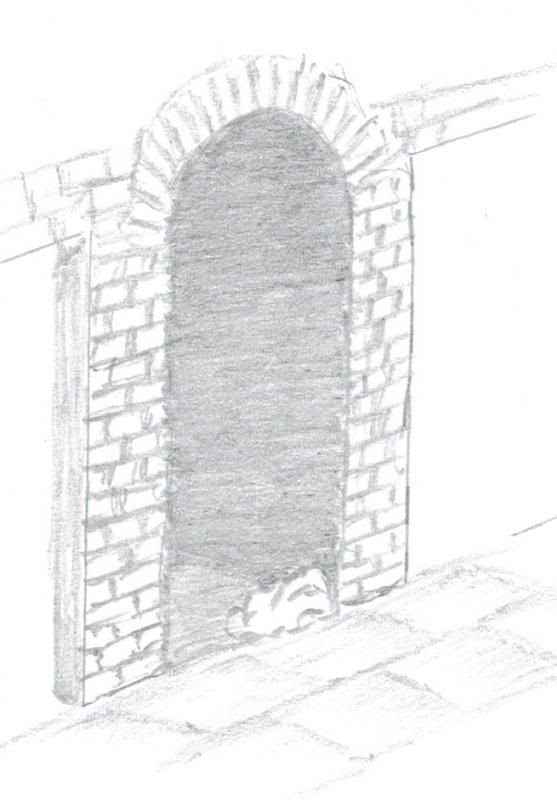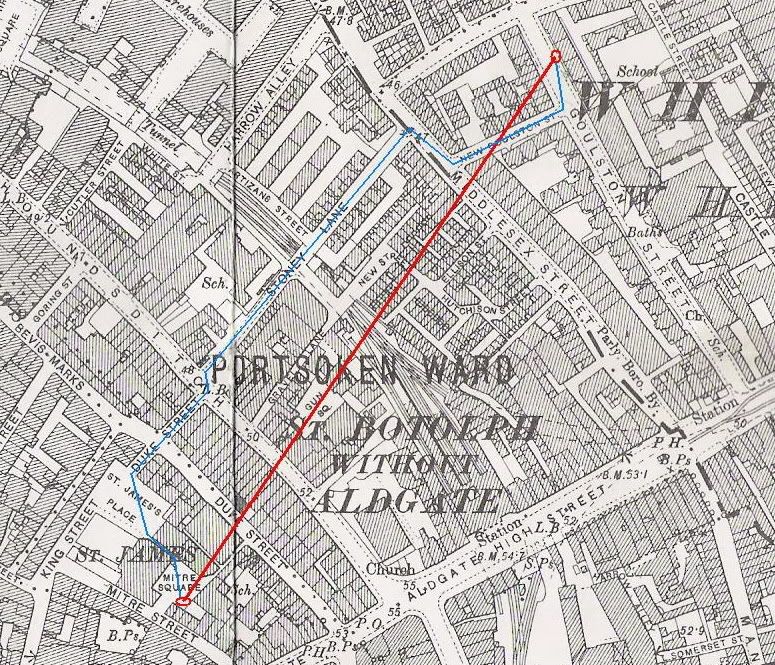Originally posted by Monty
View Post
Though the important question is, how diligent was he on the night in question.
If I recall, wasn't Insp. Chandler let go too for being drunk?
Policemen and drinking was a broad problem in this period, but diligence is a different issue.





 [/URL]
[/URL]
Comment